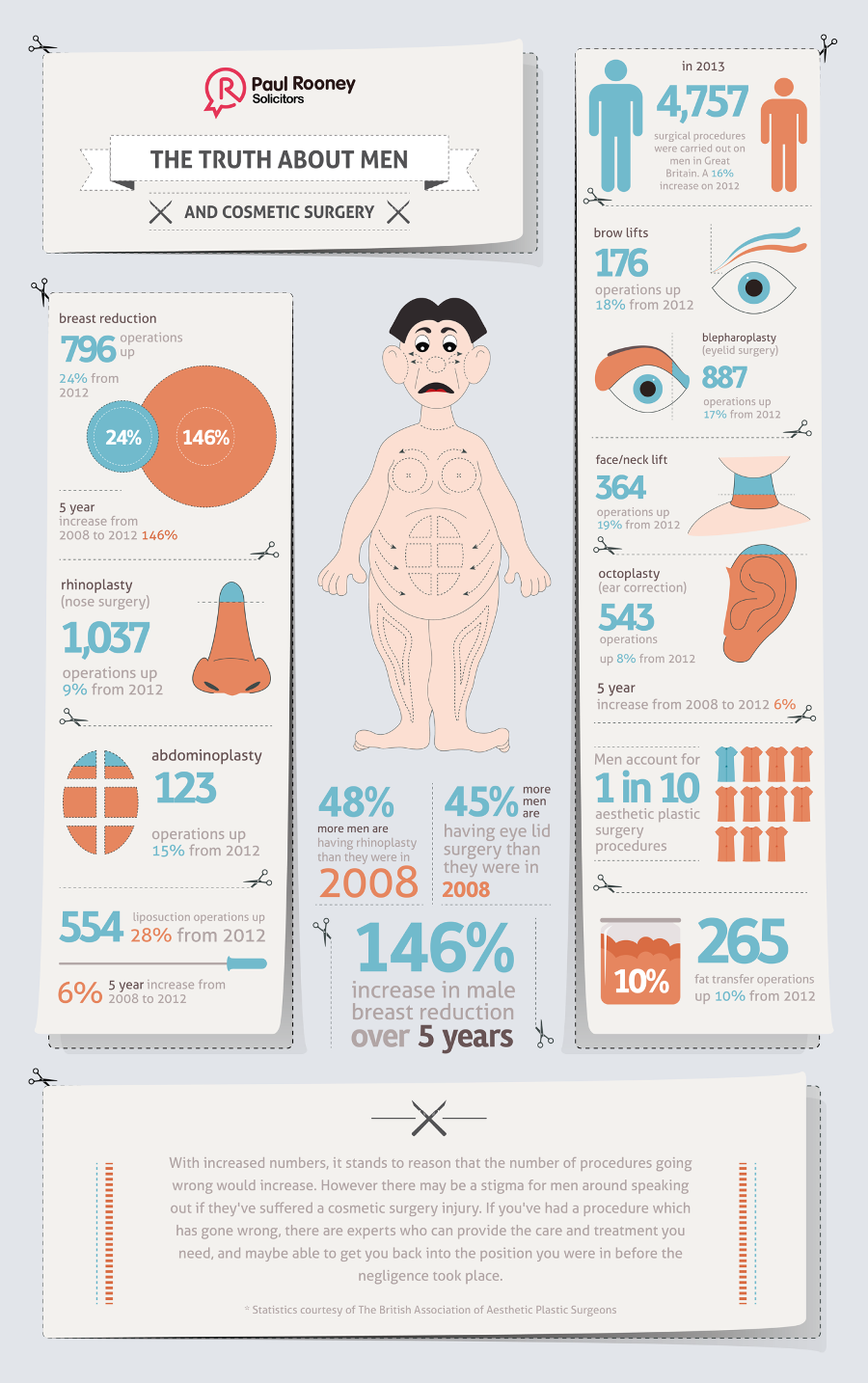Skincare Routine For Oily Skin
Skincare Routine For Oily Skin
Blog Article
Sources of Acne on Cheeks
Acne breakouts in the cheek location are triggered by several things, from touching your face often to not changing your pillow case frequently sufficient. Picking at blemishes boosts your risk of infection and scarring, and particular drugs can aggravate dark spots (postinflammatory hyperpigmentation).
Fortunately, there are lots of means to prevent and deal with cheek acne. These consist of:
1. Hormonal Adjustments
Acne is mostly brought on by hormones, particularly those produced during the age of puberty and pregnancy. For some, a family history of acne might additionally contribute to their problem. Anything that obstructs pores, such as oil-based skin care items or ceraceous hair products, can cause acne. Various topical therapies, like benzoyl peroxide and salicylic acid, can combat microorganisms and unclog pores. Those with extreme or chronic acne should seek treatment from their medical professional.
Prevent touching or squeezing your acne, as this can press some of the microorganisms deeper into the skin, leading to an extra extreme outbreak. It is also vital to change pillowcases on a regular basis and make use of clean make-up brushes. You need to also attempt to prevent toxic irritants such as friction from using a safety helmet or limited collar.
2. Diet plan
The oily, sugary foods that many people think trigger acne may in fact not do so. In fact, studies have actually revealed that eating a diet abundant in entire, nutrient-dense foods aids to prevent breakouts.
Foods high in the glycemic index (such as white bread, corn flakes, puffed rice and potatoes, doughnuts and various other pastries) raise blood glucose levels quickly, and this can boost hormones that boost oil manufacturing and lead to acne.
Drinking cow's milk has also been linked to increased acne outbreaks. If you are a regular cow's milk enthusiast, you might want to try switching to low-fat or nondairy choices that are strengthened with calcium. On top of that, drinking even more water can assist to decrease acne because it aids to maintain the skin hydrated.
3. Excess Oil
While oil is important for healthy skin, it can come to be a trouble when excessive sebum mixes with dead skin cells and obstructs pores. This combination can create blackheads, whiteheads and acnes. The clogged pore wall surface can break down and spill germs, dead skin cells and sebum into bordering skin. This causes a red bump referred to as a pimple. Occasionally these red bumps have pus in the facility from a bacterial infection. Bigger infected bumps that look like acne are called cysts.
There are several things that can cause excess sebum and clogged up pores, consisting of hormone variations, diet and day-to-day routines. Some examples consist of touching the face often, resting your hand on your cheek, utilizing dirty makeup brushes and not transforming pillowcases routinely.
4. Stress and anxiety
If you're taking care of throbbing pimples or a variety of blackheads and whiteheads, it may be time to talk with a skin specialist. They can recommend a reliable treatment that matches your skin type. Practicing relaxation and stress-reduction methods also helps.
Acne can take place in the cheeks because of friction and stress, such as when an individual touches their face often or uses a hat or sports helmet that scrubs against the skin. It can additionally appear where greasy cosmetics and creams rub against the skin.
Stay clear of squeezing acne, as this can push contaminated product deeper into the skin and cause scarring. Rather, see a doctor to find out about preventative therapies like drug, skin care products and way of living changes. Eating a healthy and balanced diet regimen of whole foods, getting 7 to nine hours of rest and utilizing noncomedogenic make-up and skin care products can all help in reducing acne breakouts.
5. Hair Products
Hair products are not commonly thought of as a root cause of outbreaks, yet they can add to acne on the cheeks in some people. Pomade acne, which is characterized by little shut comedones and papulopustules, is generally triggered by making use of oily hair products that contain comedogenic components such as specific oils and acetylated lanolin.
Picking hair items that don't include these possibly comedogenic active ingredients is an important step toward lessening outbreaks. Additionally, making certain that hair items aren't can be found in contact with the skin can help avoid outbreaks. For example, wearing a headscarf or hood during the night can restrict hair-to-face contact and vivant rejuv rx reduce the likelihood that leave-in hair products will abrade onto the face.
In addition to utilizing a non-comedogenic moisturizer and cleaning with an acne face clean, various other handy strategies include: